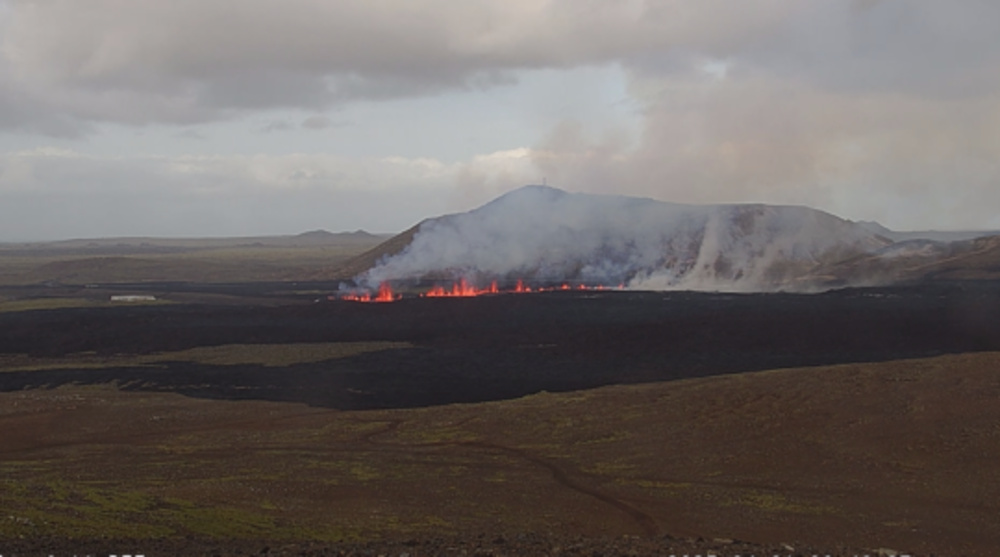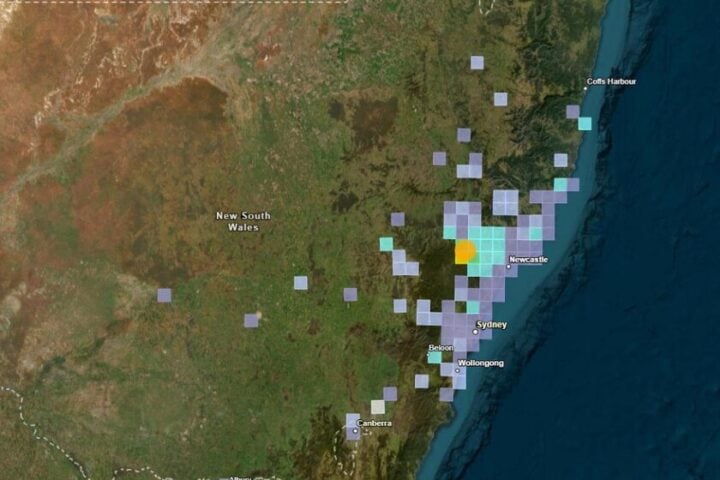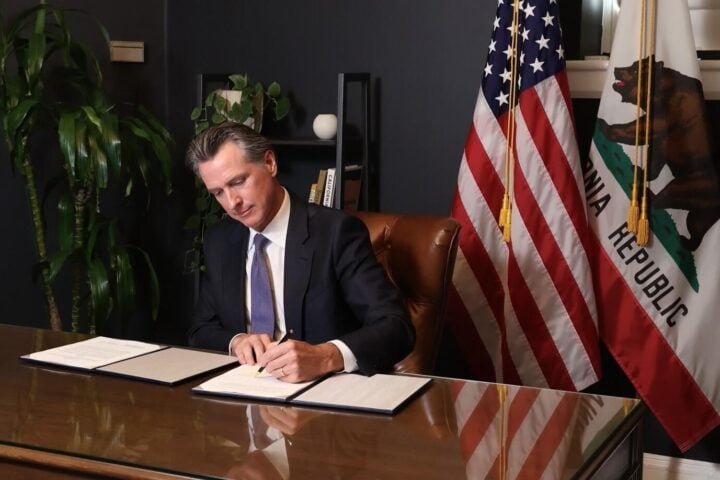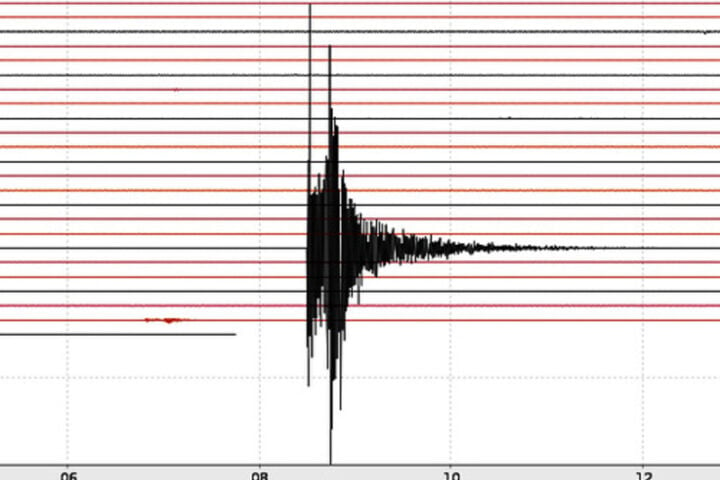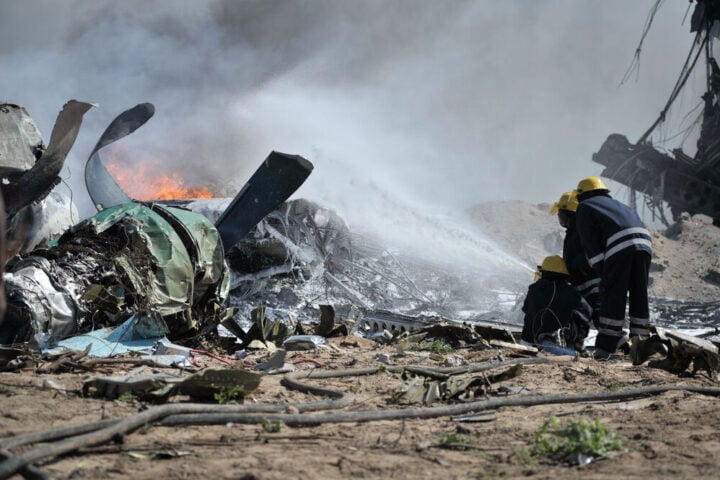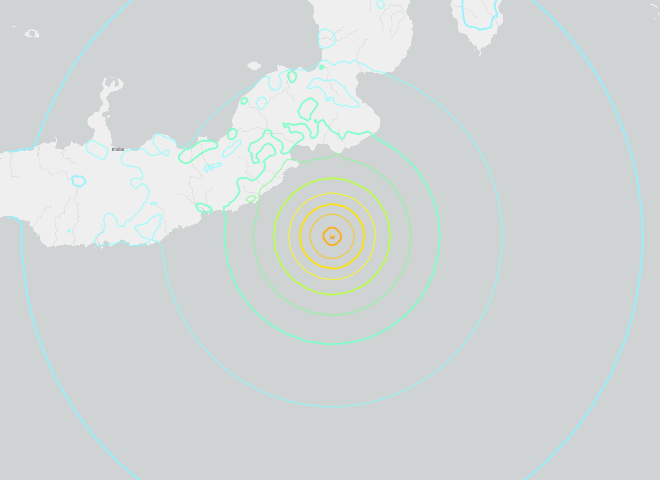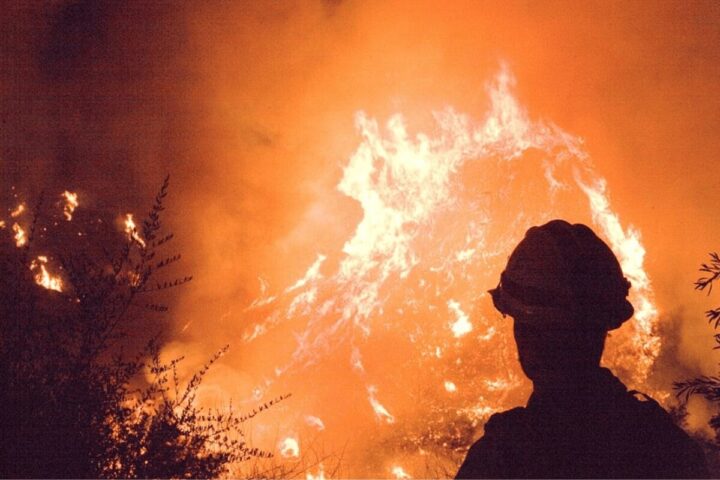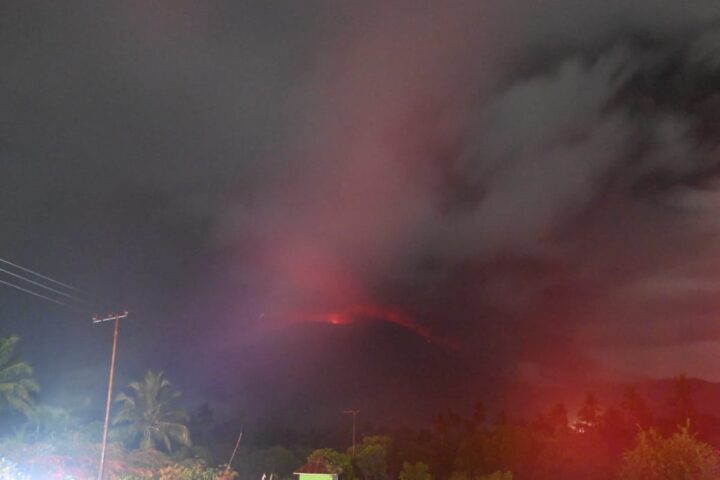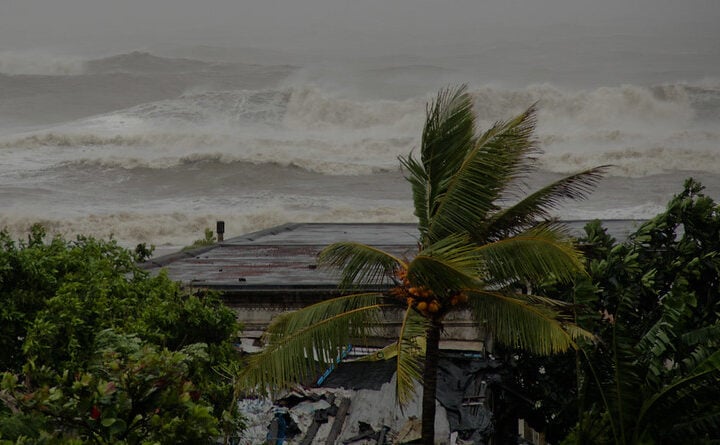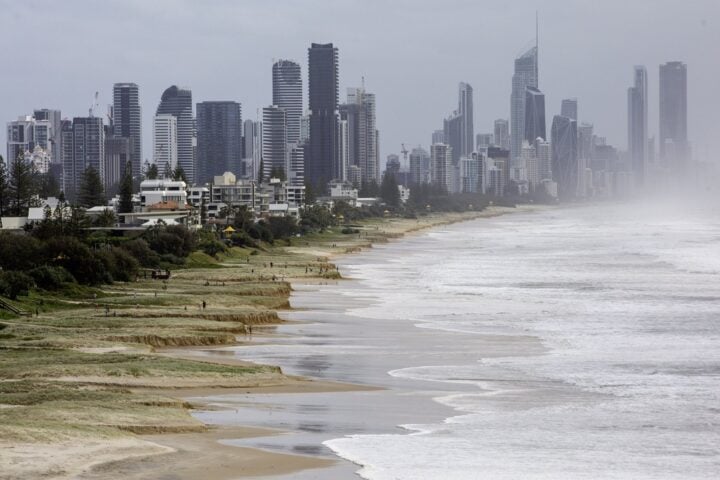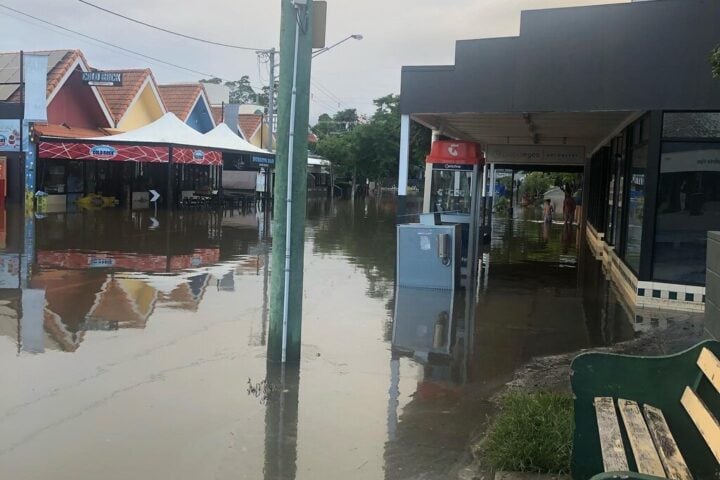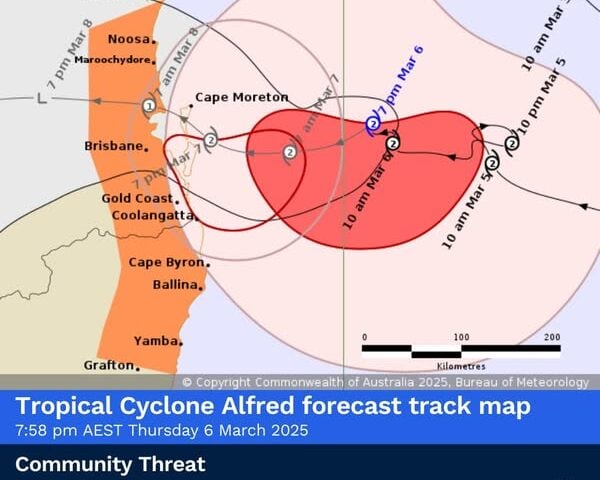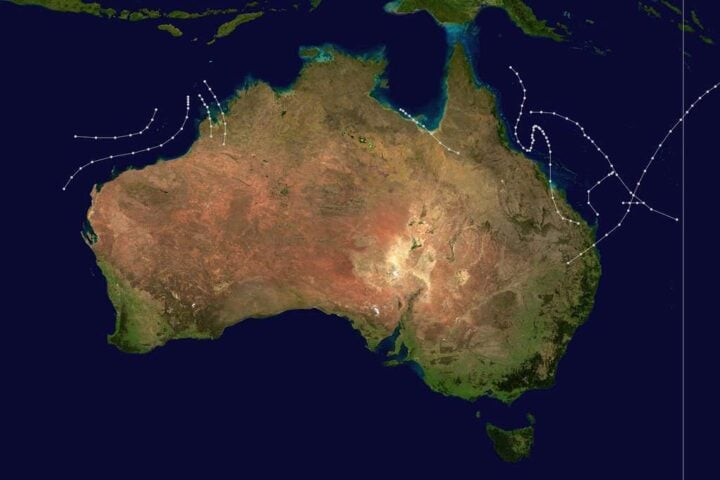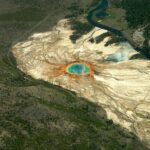In the early hours of April 1, 2025, Iceland’s restless earth split open once more. A new volcanic eruption began at 09:45 local time on the Reykjanes Peninsula, sending molten rock surging through protective barriers north of Grindavík town.
I’ve watched many of nature’s performances over my decades in journalism, but Iceland’s volcanic renaissance since 2021 has been particularly notable – and concerning for those caught in its path.
The newest fissure, initially about 500 meters long, quickly expanded to 1,200 meters – nearly three-quarters of a mile – and continues to lengthen southward. Seismic instruments had detected troublesome rumblings hours earlier, with earthquake swarms beginning around 06:30 AM near the Sundhnúkur crater row, followed by clear deformation signals and pressure changes in monitoring boreholes operated by HS Orka.
The Icelandic Meteorological Office (IMO) reports that a hot water pipeline has ruptured in northern Grindavík, confirming significant faulting within the town itself. This marks the eighth eruption in the Sundhnúkur system since December 2023, part of the volcanic activity that resumed in 2021.
Authorities swiftly evacuated the town of Grindavík along with visitors at the famous Blue Lagoon geothermal spa nearby. Most of the town’s residents had already relocated after earlier evacuations.
“Leave the danger zone,” urged Úlfar Lúðvíksson, the region’s police commissioner, as reported by RÚV.
Similar Posts
What makes this eruption particularly worrisome is its location. A new eruptive fissure has opened just a few hundred meters inside the protective barriers north of Grindavík – between the barriers and the town itself. The 11-kilometer magma intrusion under the Sundhnúkur crater row extends about 3 kilometers further northeast than seen in previous eruptions, and deformation data indicates magma continues flowing into the dike.
Rikke Pedersen from the Nordic Volcanological Center noted the town was “in danger of having lava flows entering the inhabited area,” a concerning assessment as molten rock breached barriers designed to protect the community.
The IMO has raised the hazard level in the Sundhnúkur area to “very high hazard” (purple) and elevated Grindavík’s risk level from “considerable hazard” (orange) to “high hazard” (red). Current southwesterly winds are directing volcanic gas northeastward toward Reykjavík and surrounding areas.
By early afternoon, webcam observations suggested volcanic activity had decreased significantly, though seismic rumbling continues along the entire dike intrusion, with the most intense activity at its northeastern end.
This latest eruption reflects Iceland’s position atop the Mid-Atlantic Ridge, where the North American and Eurasian tectonic plates gradually pull apart. The island nation hosts 33 active volcanic systems, and the Reykjanes Peninsula’s reawakening after eight centuries of slumber suggests we may be witnessing the beginning of a volcanic cycle that could continue for some time.
For now, roads to Grindavík remain closed, though flights at nearby Keflavík International Airport continue unaffected – unlike the ash-producing 2010 Eyjafjallajökull eruption that disrupted European air travel.

As lava flows reshape the landscape and threaten human infrastructure, Icelanders once again face the challenges presented by their island’s volatile geology, where the earth’s crust is literally being pulled apart.
Frequently Asked Questions
The volcanic eruption is occurring on the Reykjanes Peninsula in southwestern Iceland, specifically from a fissure near the town of Grindavík. The eruption is part of the Sundhnúkur volcanic system, which has been active since 2021 after eight centuries of dormancy.
The Blue Lagoon geothermal spa has been evacuated due to its proximity to the eruption. However, Keflavík International Airport remains operational and flights are continuing as normal. Unlike the 2010 Eyjafjallajökull eruption, this eruption isn’t producing large amounts of ash that would disrupt air travel.
This eruption poses a significant threat to the town of Grindavík, as the new eruptive fissure opened just a few hundred meters inside the protective barriers north of the town. Lava is flowing toward populated areas, and authorities have evacuated the town. The Icelandic Meteorological Office has raised the hazard level to “very high hazard” (purple) for the Sundhnúkur area and “high hazard” (red) for Grindavík.
This is the eighth eruption in the Sundhnúkur volcanic system since December 2023. The Reykjanes Peninsula has experienced regular volcanic activity since 2021, when eruptions resumed after approximately 800 years of dormancy. These eruptions are part of a potential new cycle of volcanic activity that could continue for decades.
Iceland sits directly on the Mid-Atlantic Ridge, where the North American and Eurasian tectonic plates are gradually pulling apart at a rate of about 2 cm per year. This geological position makes Iceland one of the most volcanically active places on Earth, with 33 active volcanic systems across the island. The recent intensification of activity on the Reykjanes Peninsula appears to be part of a cyclical pattern of volcanic awakening.
Yes, there are potential health concerns. According to the Icelandic Meteorological Office, the current southwesterly winds are directing volcanic gases northeastward toward Reykjavík and surrounding areas. Volcanic gases like sulfur dioxide can cause respiratory problems, particularly for those with pre-existing conditions like asthma. Authorities monitor these gas levels and issue health advisories when necessary.
